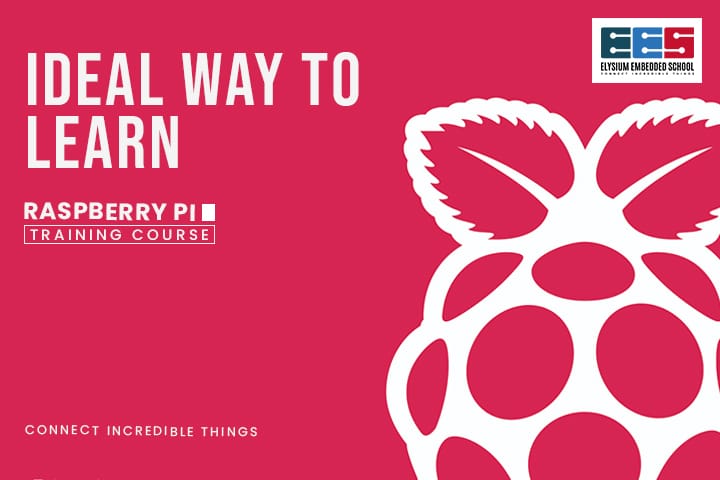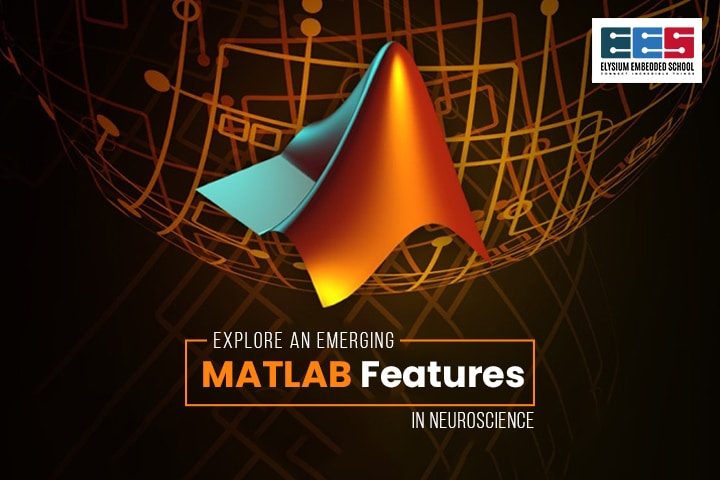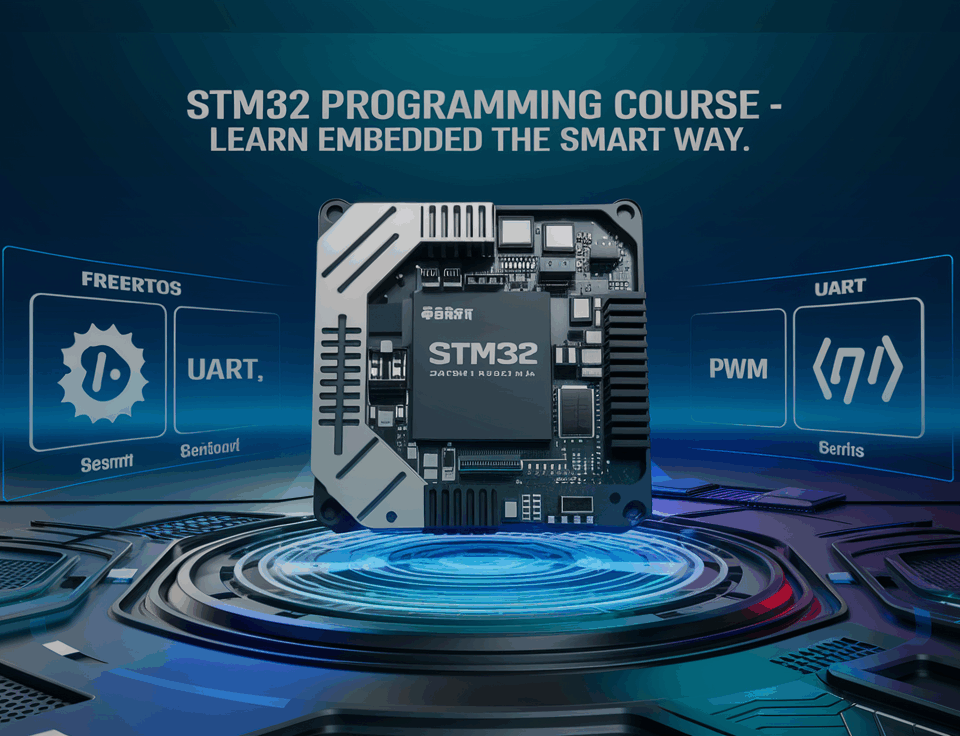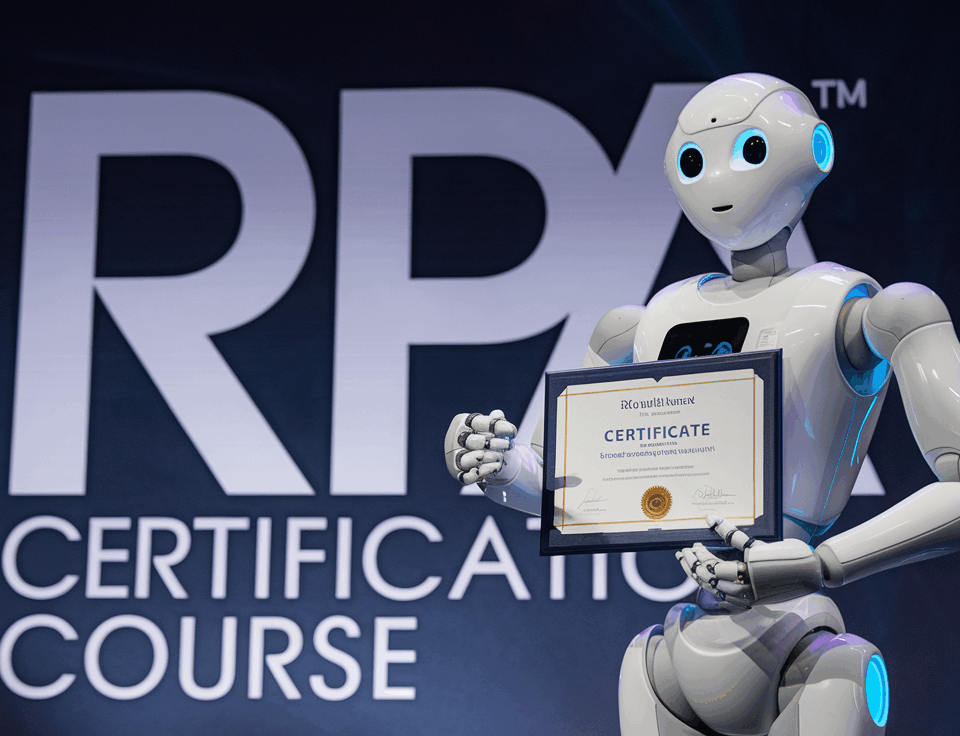
Ideal Way to Learn Raspberry Pi Training Course
December 5, 2019
5 Most Powerful Ways Robotics Can Run the World
December 26, 2019Neuroscientists use MATLAB language to process and research an experimental data, drive experiments and also simulate models of brain circuits. With the help of Matlab, you can
- Analyze the neural time-series data from electrode signal recordings
- Use deep learning , Internet of Things and machine learning to classify, predict and cluster using models trained with neuroscience data
- Understand the functional and structural image data from neuroimaging and microscopy studies
- Process and generate live data streams which consists of brain-computer interface and behavioural control systems
Latest Matlab features in Neuroscience
Biosignals and Neurosignals
Signal Analyzer app: It is useful to imagine, process and analyze the signal data interactively.
Deep Learning: In that case, you can apply LSTM networks and CNNs with a time-frequency analysis that is used for prediction tasks and signal classification.
Time-frequency analysis: Apply short-time Fourier, adaptive transforms, continuous wavelet, and also compute time-varying coherence.
Feature Extraction: Extract the deep features automatically from time-series data using the scattering framework.
Deep Learning and Machine learning
As a matter of fact, these techniques are used to create and run predictive models for neuroscience data.
Machine learning: Identify clusters and noise in data with the DBSCAN algorithm.
Deep learning customization: develop custom training loops and layers very simple with automatic differentiation.
Multi-dimensional visualization: With the help of t-SNE, you can visualize the high-dimensional data.
Framework Interoperability: Import and export deep learning models from and to other frameworks through the ONNX model format.
Neuroimaging, Ethology and Microscopy
To begin with, analyze the images, volumes and video at the neuron, brain and subject scales.
Neuroimaging Data: Read, write and explore the NIfTI files.
Big Image Data: Process images that are too huge to fit in memory.
Volumetric Data: View labelled volumetric data can interactive with the Viewer application. As well as, a sliceViewer and process it with through the 3D image processing operations.
Image Labeling: In order to, it interactively label image data with the image labeler and video labeler applications
Neural Data Science
Create, share, and scale data analyses
Parallel Computing: A Parallel Server maintains the unlimited scaling for every user.
Live Editor: Develop the document-rich combining code, interactive controls, figures, animations, text, and so on.
Cloud computing: To determine, configure the MATLAB language which helps to allow the instances on AWS.
Remote Data: In that case, access remote information on cloud storage systems. Some of the storage systems such as Storage Blobs, Amazon S3, and Hadoop Distributed File System.
Final Thoughts
In the final analysis, Emerging Matlab Features has been turned out to be the most popular in the Information Technology industry due to its benefits. Generally, it is applied for running algorithms, data visualization, and also building user interfaces. If you seeking to get the Best Matlab Training Center and also learn the advanced concepts of it? We At Embedded School, the Best Matlab Training Institute that has the right expertise in training the students.




